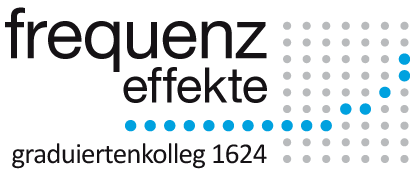Péter Rácz (publiziert)
Salience in Sociolinguistics
| Erstbetreuer | Prof. Dr. Dr. h.c. Bernd Kortmann |
| Zweitbetreuer | Prof. Dr. Dr. h. c. Christian Mair |
| Drittbetreuer | Dr. Christian Langstrof |
| Abstract | The central thesis of my dissertation is that the distinction between non-salient and salient dialectal features lies in their negative frequency. To put it simply, the less probable a speech string containing a feature is, the more conspicuous it becomes. An example could be definite article reduction, a dialectal allomorphy found in the North of England. It is not especially frequent, but fits most of the available definitions of sociolinguistic salience. It can be demonstrated that the segmental sequences that contain the reduced article would have very low transitional probabilities in dialects with no article reduction. Since low transitional probabilities are acknowledged as strong word boundary cues in the psycholinguistic literature, in this case we could argue that definite article reduction is salient inasmuch as it is a good boundary marker. This line of reasoning, based on negative frequency, can be (possibly) extended to other dialectal features as well, supplying us with a reliable, empirical tool of measurement for sociolinguistic salience. |
| Disziplin | Anglistik |


